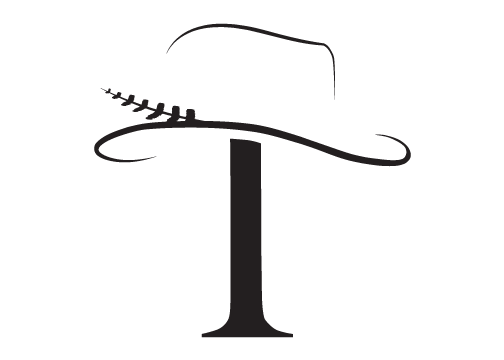Up to this point in my life, I had spent very little time in the Northeast, with only tales of hunts from friends, or books to paint a portrait of New England’s sporting traditions. It’s a bizarre concept to feel at home thousands of miles away on the African savannah, yet feel a stranger in my own land as I enter into New Hampshire for the first time. But in the the rolling hills and cold, clear streams of the Berkshire Mountains, I found a sportsman’s paradise. Encamped at the unofficial Ball and Buck cabin, a pastoral bastion in the Berkshires, I spent a few days surveying the woods, wildlife, local traditions, and of course, the beer.
I find it important to be able to order the “right thing” at foreign watering holes if you’re to have any chance at befriending the keepers of local hunting knowledge. In this case, a friend and guide saved us from any extemporaneous interrogation, being both a turkey whisperer and trout slayer. The plan was simple enough; fill a turkey tag in the morning, and weigh down a trout net in the afternoon. A blast, then cast.
But simple plans don’t always have simple endings, as all hunters know.
We rose hours before dawn, layering in camouflaged garments of varying warmth and mobility to stave off the misty cold of the northern woods, and crept into the lessening blackness. Our first position was on the outskirts of a great sloped field, encircled by trees.
The decoys were carefully placed, and as light began to trickle through the still barren branches, our fowl lipped leader began to loose the calls.
To me, there’s something slightly comedic about calling in turkeys, because if successful, these giant birds come angrily strutting out of the woods looking for a fight, a frolic with a female, or both. In this instance, no birds came, so we continued our search elsewhere, stopping occasionally on the edge of fields, woods, or farms to let out a few calls. And after a few hours of lonesome bellows, a tom finally answered on the outskirts of an apple orchard.
We hurried into position, our backs to the freshly blossoming trees, and waited, though not very long because, as the saying goes, “they were comin’ in hot.” It wasn’t five minutes before three males came across the field at an aggressive pace, looking for a good old fashioned fight. But to their great surprise, they found us, and the pointed barrel of the Ruger x Ball and Buck shotgun, under which the largest of the three birds quickly fell. A beautiful specimen, we said a few words of thanks and congratulations, took a handful of photos, and were off to the boat ramp, where we cleaned and dressed the bird for a feast to follow.
A change of gear was in order, and being that the new B&B spring line needed “field testing,” we gladly outfitted from head to toe, including the rods and reels. We were to float the Deerfield River, which wound through a canyon whose depth I did not know existed in New Hampshire.
It was an incredibly beautiful landscape, riddle with diverse tree species, changing terrain, and unexpectedly, a healthy population of trout.
We floated casually in and out of pools, riffles, and deep eddies, casting a variety of flies throughout the day, and managed to land quite a few fish. Metallic rainbows and vibrant brown trout, it was a testament to the hearty nature of these fish, with numbers far beyond what I expected from a stream so close to farms, roads, and “civilization.” But it just goes to show that you can’t assume until you’ve gone, and you don’t know until you do. The sun sinking, and the trout safely released back into their prospective homes, we loaded the raft on the trailer, packed everything up, and cracked a few cold ones to toast a successful slice of the good, sporting life.
My previous notions happily dashed on the rocky banks of the Deerfield River, I left with aprofound sense of respect and admiration for this part of America that I knew very little about. Where frontiers may still exist in the West, it is very reassuring to see successful conservation at work in an area that has been colonized since the birth of our nation. Hope indeed for the future of hunting and fishing. It’s rare enough to still find wild enough places to hunt turkey and catch trout in the same day, let alone so close to major cities. It was a sporting experience I won’t soon forget, and I’ll be back soon, hopefully in time for the turkey feast.










